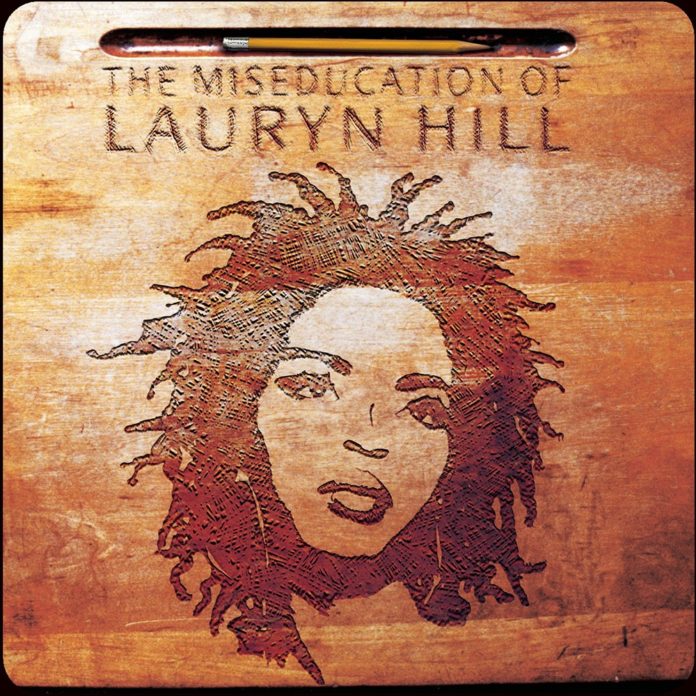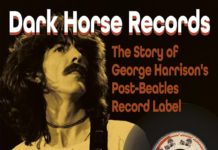Lauryn Hill’s The Miseducation of Lauryn Hill is not only a groundbreaking neo-soul and R&B masterpiece but also one of the most successful albums in music history. Released in 1998, the album debuted at No. 1 on the Billboard 200, selling over 422,000 copies in its first week, a record for a female artist at the time. Lauryn Hill’s bold fusion of hip-hop, soul, reggae, and gospel struck a chord with audiences worldwide, ultimately selling over 20 million copies and earning her five Grammy Awards, including Album of the Year. More than just commercial success, The Miseducation of Lauryn Hill became a cultural touchstone, hailed for its deeply personal lyrics on love, faith, and empowerment, and cemented Hill’s status as one of the most influential artists of her generation.
- John Legend’s Debut
A then-unknown John Legend made his commercial debut by playing the piano on “Everything Is Everything,” marking one of the earliest professional appearances of the now-famous singer-songwriter. - A Secret Tribute to Her Son
The track “To Zion” is a heartfelt tribute to Lauryn Hill’s son, Zion, born during the creation of the album. Hill reflects on the challenges of choosing motherhood over career expectations, making this one of the most emotional tracks on the album. - Inspired by an Education Book
The album title was inspired by The Mis-Education of the Negro, a book written by Carter G. Woodson in 1933. Hill used the concept to explore how traditional education systems often fail to teach self-love, identity, and emotional growth. - Recorded with a Live Studio Audience
During recording sessions in Tuff Gong Studios in Jamaica, Hill often had a live audience of Marley family members, children, and friends. They were part of the atmosphere that inspired the creativity and community vibe captured on the album. - Those Samples
One of the coolest aspects of The Miseducation of Lauryn Hill is how Lauryn creatively blended different genres and iconic sounds into her tracks. She didn’t just craft original songs—she paid homage to some legendary artists along the way! For example, “Lost Ones” borrows the infectious rhythm from Toots and the Maytals’ reggae classic “Bam Bam,” while “Ex-Factor” incorporates elements from Wu-Tang Clan’s “Can It Be All So Simple,” giving us that perfect fusion of soul and hip-hop. In “To Zion,” she infused the soft acoustic vibes of José Feliciano’s “And the Feeling’s Good,” and even nodded to The Doors by weaving pieces of “Light My Fire” into “Superstar.” And if that wasn’t enough, she reimagined Bob Marley’s “Concrete Jungle” in “Forgive Them Father” and threw in some funk with David Axelrod’s “Tony Poem” in “Every Ghetto, Every City.”







